It is fair to say that the heavy lifting for 2014 is almost complete on the Greenfield Kilkenny farm. Cruise control on grassland and herd management for the next number of months will hopefully continue to deliver good results for 2014. The focus for the next six months will remain on managing grass from week to week and keeping milk quality results as high as possible. Simplicity drives profitability.
Breeding update
Six weeks of breeding finished last Wednesday and results show a non-return rate of 60% to first service conception.
Assuming a 10% fall-out of the 60%, this would leave conception rate to first service somewhere around 50% – not exceptional, but not at all bad either.
When confirmed, that conception rate, coupled with a good conception rate in the maiden heifers, should leave over 200 cows calved out of 300 for the end of February next year.
We started off the breeding season with both Tom Lyng and Eddie Kennedy doing insemination on the milking cows, and a technician coming in to serve the maiden heifers on the contract rearing farm.
During the season, Eddie hurt one of his fingers and Tom was also out for a week with the flu, so a technician stepped up and helped out early in the season as there was upwards of 15 to 20 cows submitted per day.
A team of four Holstein Friesian vasectomised bulls were let out with the herd in week four of breeding to help pick up heats and they are working well, removing tail paint from the cows as they come into heat. Tail paint is still topped up twice a week.
Milk production
The first three June collections averaged 18,100 litres at each collection. There are 307 cows in milk in total, but there are 25 cows on once-a-day milking.
It means average yield is about 19.7 litres (4.3 gallons). The eight milk quality tests in May this year averaged 3.6% protein and 4.3% fat.
This was well above the results for May 2013, when grass and forage was very scarce. Last year, the average was 3.55% protein and 3.85% fat – a huge difference in fat percentage.
The most recent milk quality results show the protein has dropped back closer to 3.5% and the fat is holding up around 4.4%. So, in terms of milk solids yield, the herd is doing 1.6kg of milk solids per cow.
Milk price
The 2c/litre drop in milk price for May will wipe about €4,000 off the May milk cheque, as we supplied just short of 200,000 litres in May 2014. We have applied to fix a portion of the annual supply in the most recent Glanbia fixed milk price scheme.
Essentially, this will replace the portion of the annual supply that we included in the first milk price scheme that has recently ended.
About 20% of the annual supply is in the fixed milk price scheme. The milk statement shows that the farm lost about 1.5c/litre on this portion of milk that was allocated to the first fixed scheme, but given the high fixed costs on this farm, the intention is to keep about 20% of the annual supply in the scheme.
The statement shows April milk price came in at 41.82c/litre including VAT.
Grassland management
Grass growth rates have been very good for the month of May, averaging close to 100kg per day for at least three weeks.
There were dips down to 60kg per day for the other two weeks but in general, growth in May was well ahead of May 2013, when growth averaged closer to 60kg per day for the entire month.
The higher growth rates allowed a higher grazing stocking rate for May, so it ranged from about four to five cows per hectare, depending on the week and what area was taken out for bales, etc.
The policy is to administer minerals and Cal-Mag through the water, but if there is a grass pinch for two or three days, then 2kg to 3kg of meal per cow is fed until pre-grazing covers come back up over 1,200kg.
So far this year, the herd has consumed about 150kg of meal per cow, compared with about 400kg per cow for this time last year.
The exceptional growth rates allowed surplus grass to be taken off as round baled silage at two to four bales per acre.
In mid-May, there were 305 round bales taken and in late May, another 123 bales were taken off grazing paddocks that had gone too strong, so 428 bales in total.
Last week, 25 hectares of first-cut pit silage was harvested before the rain. Some of the silage was cut on Tuesday just before a thunderstorm that delivered 25mm in one night.
However, the day after was bright and sunny, so that helped dry out the crop to some extent. This first-cut was put in beside the 80 to 100 tonnes of dry matter that was left in the pit from last winter and in total means we will get very near to having enough winter feed.
We may need a small number of bales for a second cut, but will not close any more for pit silage.
Staff changes
For personal reasons, Eddie Kennedy has left the farm to go home farming and Eoin Finneran has assumed the second-in-command role.
All calves gone
The bull calves sold averaged €145/head this year and any surplus females sold averaged €303 with the last bunch of heifer calves leaving the farm at the end of May for €180 each.
OPEN DAY
On Wednesday 2 July, the farm is open to all farmers from across Ireland to come and see the cows, the results to date and discuss any issues with farm staff and management. Start time is between 10.30am and 11.30am and the event will take between two and three hours to complete.



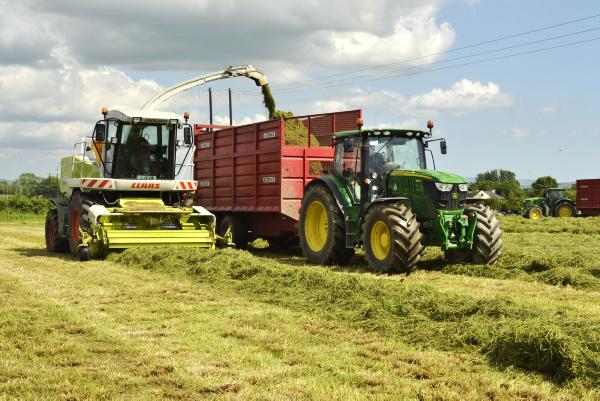
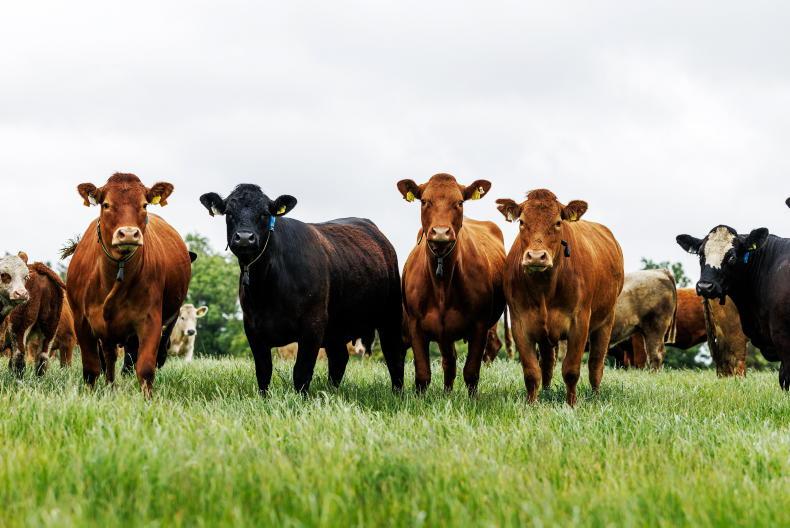

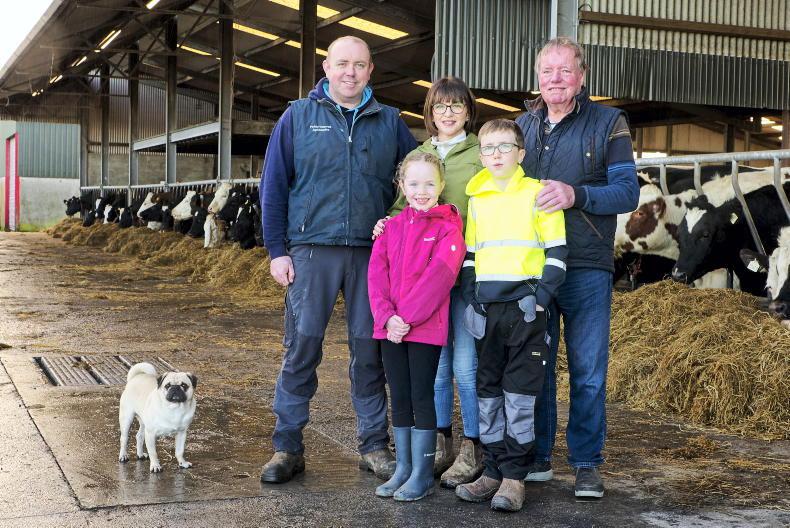
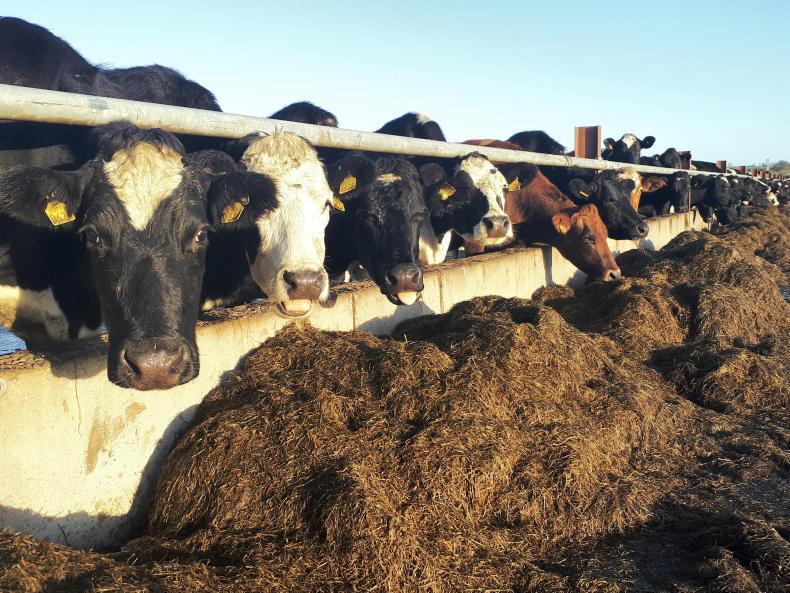
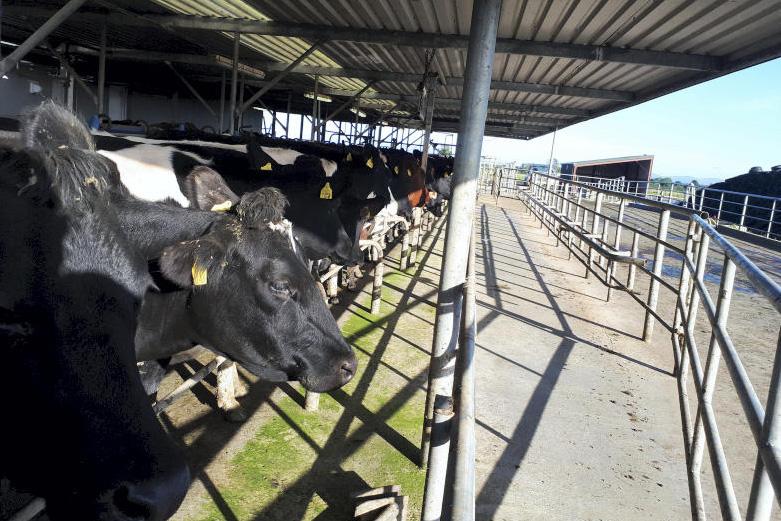
SHARING OPTIONS